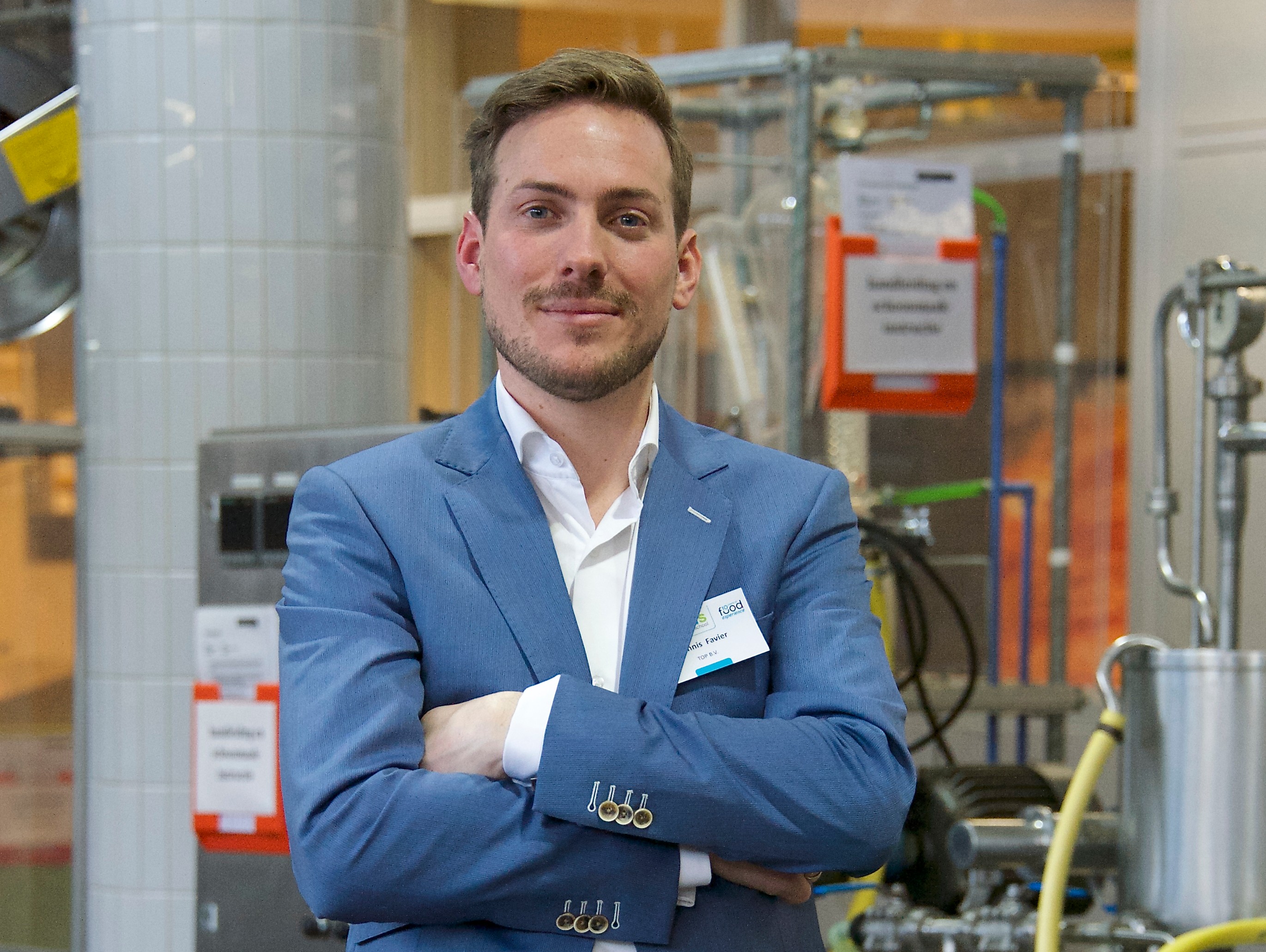
Between us, we all throw away too much food. Various organisations have made that clear to us in recent years. Looking back, there’s been a notable lack of concrete solutions. I believe that it’s now time to actually start doing something instead of just talking about it.
An effective reduction in food waste won’t be achieved by organising initiatives such as debates, ‘no-waste dinners’ and targeted advertising campaigns. Simply creating awareness isn’t enough. To accomplish real results, you need to make use of other things, such as technological innovations which prevent food ending up in the bin.
Fruit and vegetables are often thrown away, both in the supermarket and in the home. If an item is no longer fresh or is bruised or damaged, we discard it. And yet, thanks to innovative packaging, there are ways to keep fruit and vegetables fresh for much longer. And the longer shelf life facilitated by that packaging immediately reduces spoilage. Ergo: we throw fewer products away. It can sometimes be as simple as that…
…but not always. Dutch grocery chain Albert Heijn recently announced plans to reduce packaging material in the fresh produce category. Of course that sounds like a very positive development, and that may well be true from a certain perspective. But since the packaging can also extend the shelf life, this measure will undoubtedly have a knock-on effect. More fruit and vegetables will be thrown away again, both in stores and in homes.
I wonder whether it wouldn’t be better for Dutch supermarkets to join forces with their suppliers to tackle on-shelf wastage together as much as possible, such as by striving to extend freshness – although this probably carries less PR clout than announcing in the media that you plan to reduce the amount of packaging used.
Dennis Favier is professional Food Designer and Creative Director at Innovation company TOP BV, the company translates technological innovations to interesting use.
Source: © Karin Jonkers